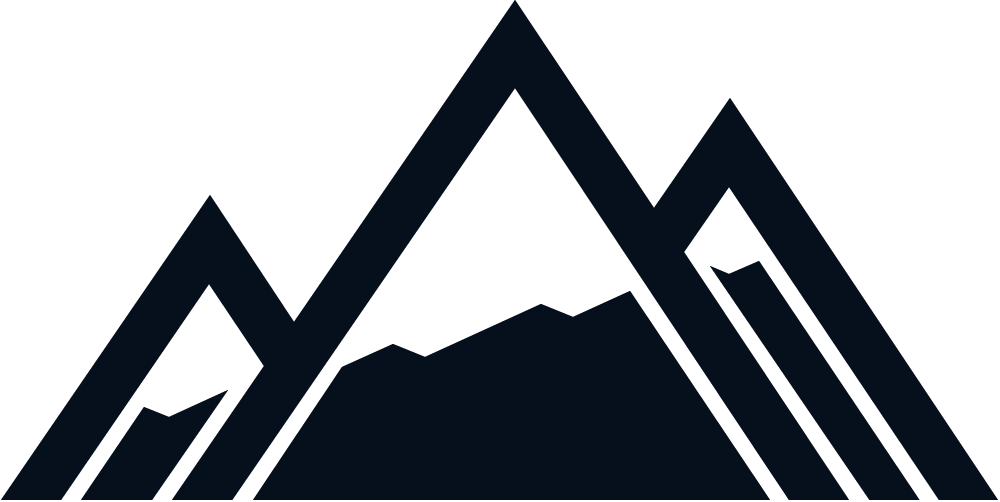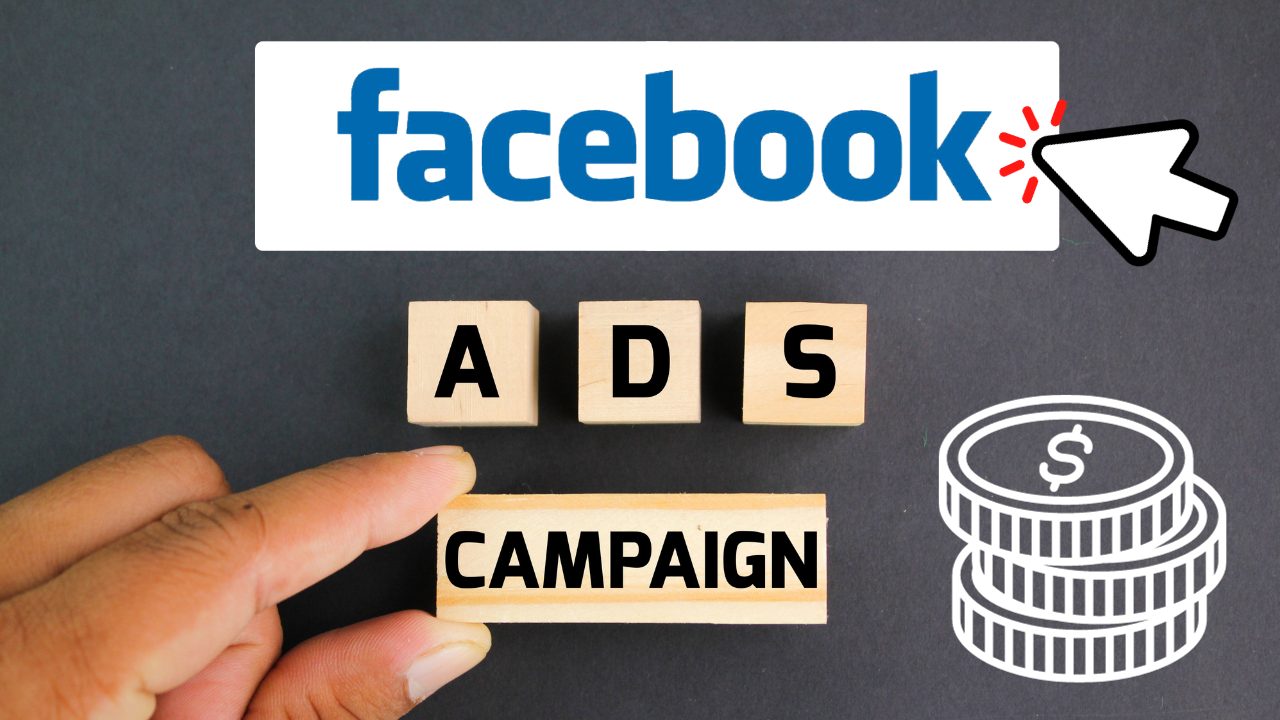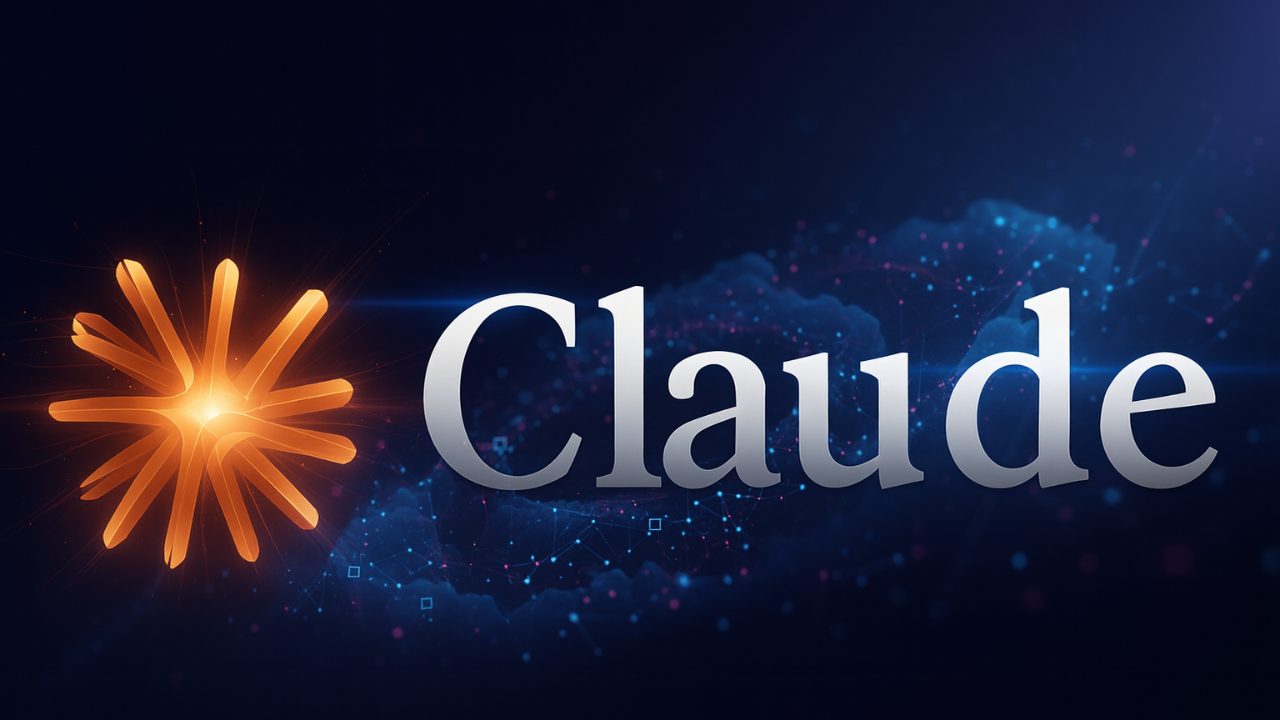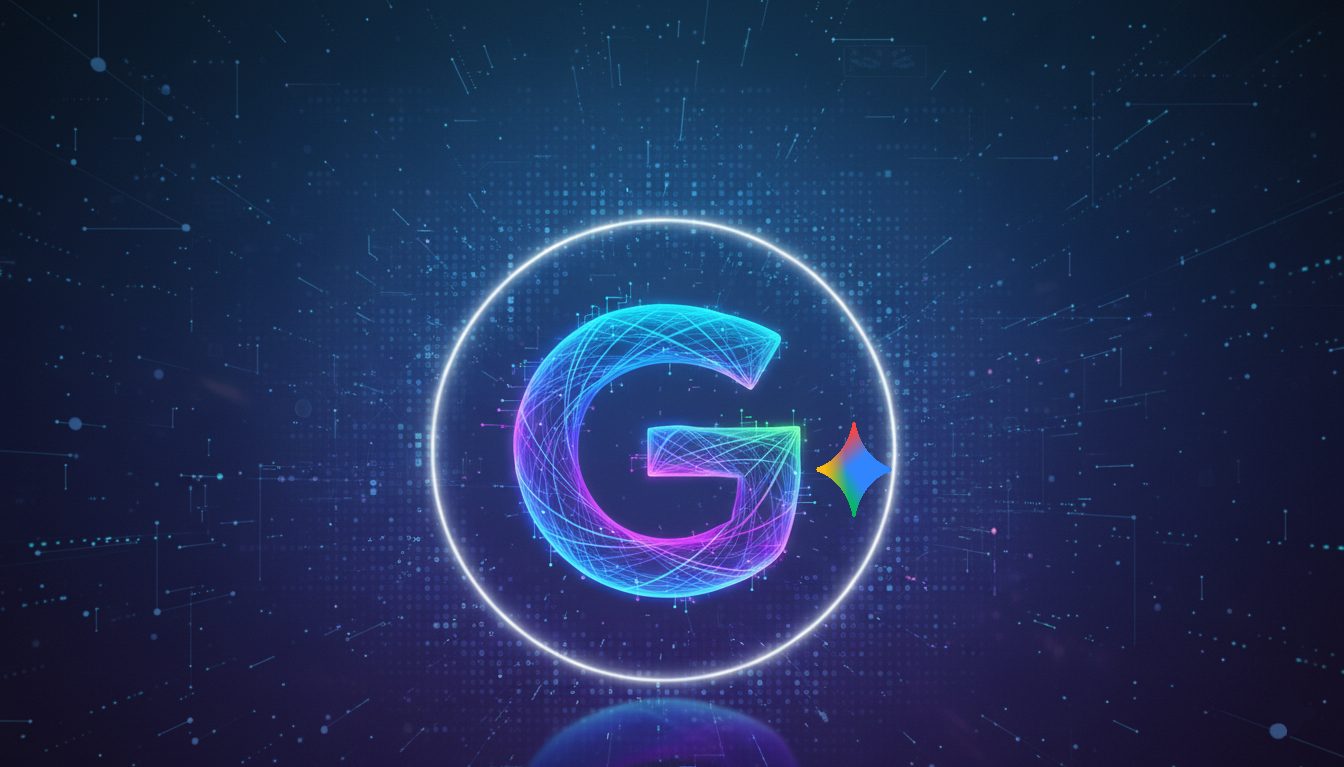With over three million businesses actively advertising on Facebook, there’s no doubt that running Facebook ads can be beneficial. Regardless of those benefits, you can get it all wrong if you don’t maximize your ad budget.
To maximize your ad budget, you need to understand how much return on investment (ROAS) your ads make every month. Having this information can also help you improve your business’s financials and lead you to success.
So, how much do FB ads cost?
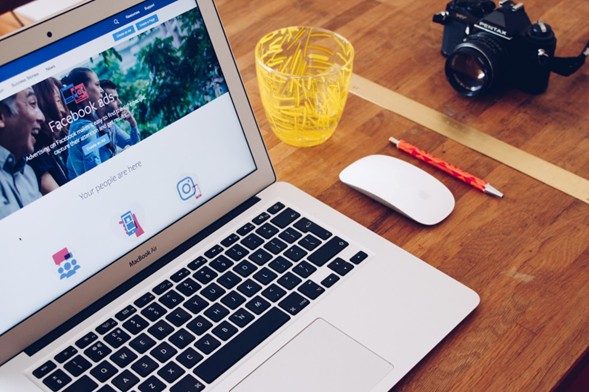
According to WebFX, Facebook advertising costs $0.26 to $0.30 per click, $1.01 to $3.00 per impressions, $0.00 – $0.25 per like, and $0.00 – $5.00 per download.
These ad prices are dependent on several factors like industry, campaign type, and season of the year.
To better know how you arrive at the prices, you should have a deep understanding of the cost of sponsored ads, ad auctions, and conversion rates.
Let’s take a closer look.
How much do sponsored ads on Facebook cost?
On average, sponsored ads on Facebook cost between $1 to $500. Some companies have even spent up to $3,000 on their Facebook ad campaign. However, there is not a set price for this, you can spend as much or as little as you want.
Oftentimes, the cost also depends on ad quality, relevance score, and estimated action rate. Ad quality is a metric determined by how interested users are in your ad. So, the higher the ad quality, the lower your cost of advertising. Relevance, on the other hand, is based on positive or negative actions that show the ad is important.
Facebook “boost post” cost
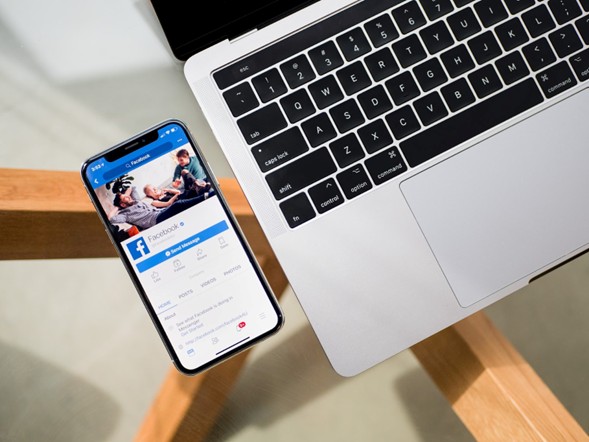
Boosting a post on Facebook can cost as low as $1 a day. But spending more will also let you reach more people.
Facebook allows its users to set their maximum total budget when boosting. This budget is what Facebook uses to make your post visible to your audience for a set period. If you change your daily budget, Facebook automatically changes your reach potential for that post.
Before boosting your post, we advise that you consider your advertising goals. Many times, businesses who use the “Facebook boost” feature want post visibility and engagement. For instance, if there’s a new feature added to a brand’s product, Facebook post boosting is a good strategy to consider.
Another good scenario that may require a Facebook boost post is when there’s a one-off event. This may include special offers and promotions.
To get the most out of a Facebook boost post, it’s important to set clear objectives and expectations, restrict the period, and narrow down your audience.
Pro tip: One of the best uses of promoting posts is to build brand recognition and grow a new account’s followers.
What is a Facebook ad auction?
A Facebook ad auction plays a part in determining the cost of your Facebook ad. It’s a system that Facebook uses to know the best ad to show a person at a specific time.
An auction allows you to get the best results possible for your lifetime budget and provide the best experience to customers.
Who engages in a Facebook ad auction?
All advertisers or businesses who choose the same target audience directly or indirectly participate in an auction. For instance, if your business targets male cyclers in Canada and another targets all cyclers in Canada, both are eligible to compete in an auction.
How Facebook determines who wins the auction
From our experience, Facebook determines the winner by the total ad value. Three parameters determine this total — bid, estimated action rates, and ad quality. Below is an explanation of each of those parameters:
- Bid: This term describes the price that an advertiser wants to pay for a certain outcome.
- Ad quality: Your ad quality depends on feedback from people viewing or hiding the ad. It could also depend on the presence of engagement bait and sensationalized language.
- Estimated action rates: This is how much a person engages with or converts from a specific Facebook ad.
Keep in mind: Facebook reserves the right to use data about you or your ad account to make adjustments that may affect your auction prices and outcomes.
Conversion rate of Facebook ads
According to Wordstream’s benchmark for Facebook ads, the average conversion rate for paid ads is 9.21%. So, we believe any percentage above 10% is significantly high.
Conversion rates can also differ based on industry. For instance, according to Wordstream, fitness studios have the highest conversion rate with an average of 14.29%.
Other industries with high conversion rates regardless of what the conversion campaigns are:
- Education — 13.58%
- Employment and Job Training — 11.73%
- Healthcare — 11.00%
- Real Estate — 10.68%
- B2B — 10.63%
Facebook lead-generation ads can help these industries perform better compared to other platforms. However, some industries can’t benefit from these lead-generation ads, leading to low conversion rates.
Here’s a list of the industries with these low rates:
- Retail — 3.26%
- Travel — 2.82%
- Hospitality — 2.31%
Industries with low conversion rates need to focus on remarketing ads to increase conversion rates over time.
Pro tip: You should consider creating a marketing funnel if your business is in any of these industries.
Here are some other conversion rates based on industry:
- Apparel — 4.11%
- Auto — 5.11%
- Beauty — 7.10%
- Consumer Services — 9.96%
- Finance and Insurance — 9.09%
- Home Improvement — 6.56%
- Industrial Services — 0.71%
- Legal — 5.60%
- Travel and Hospitality — 2.82%
Facebook average CTR

CTR on Facebook is short for click-through rate. It’s the percentage of your audience that clicked the ad after getting exposed to it.
Pro tip: This metric shows if your ads are good and if they are working properly. A higher CTR means that your ads are connecting with your audience.
Here’s the average CTR by industry:
- Employment and Job Training — 0.47%
- Finance and Insurance — 0.56%
- Customer Services — 0.62%
- Home Improvement — 0.70%
- Industrial Services — 0.71%
- Education — 0.73%
- B2B — 0.78%
- Auto — 0.80%
- Healthcare — 0.83%
- Travel and Hospitality — 0.90%
- Real Estate — 0.99%
- Technology — 1.04%
Good CPC for Facebook ads
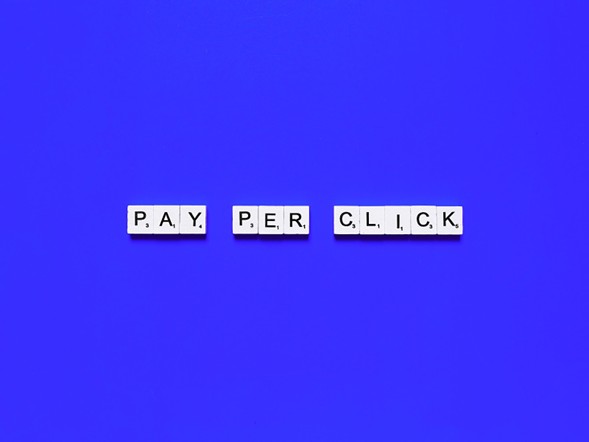
CPC stands for cost per click. It’s the amount you pay for each click on your Facebook ad. Regardless of your industry, you can decide to optimize your CPC to get a significant number of visits to your website.
On Facebook, financial advertisers pay $3.77, which is the highest CPC. Apparel, travel and hospitality, and retail industries have the lowest cost per click — $0.45, $0.63, and $0.70 respectively. Across all industries, the average CPC in March of 2023 was said to be $0.40 according to DataBox, although different sources have cited different averages since then.
Pro tip: It is important that the reading of this metric is accompanied by sales metrics, given that not always a low CPC is good. Sometimes it is better to pay higher CPCs in exchange for more qualified audiences.
Cost per mille Facebook (Cost per a thousand views)
CPM refers to the cost of showing your ad 1,000 times. This means that if you spent $100 on your ads and had 1,000 impressions, your CPM is $100.
According to WebFX, to calculate your CPM:
You will first need to know how many impressions you want your ad to receive as well as the individual price for your ad.
Then, divide the total number of impressions (or views) by 1000. Let’s imagine your ad was viewed 40,000 times, if you divide that by 1,000 the result is 40.
Then, with that number in mind, you’ll want to divide the cost of your ad (which we found in the first step) by the number you got after dividing your ad views by 1,000.
If we continue with the example of the ad that was viewed 40,000 times, the formula would be: [The cost of your ad] divided by 40 = your CPM value.
If you want to skip the CPM formula, you can always use an online CPM calculator to make the calculations for you.
What’s a good CPM for Facebook?
A good CPM on Facebook depends on your target audience size, how you’re targeting them, and the campaign objective you’ve selected.
Pro tip: The Awareness objective is the one that has the best CPM and allows to reach the highest amount of people at the lowest price, while the sales and leads objectives have the highest CPM.
Advertisers can determine a good CPM by comparing their ad, ad set, or campaign with their other ads. They can also know a good one by comparing it with the industry and their benchmarks.
The average Facebook CPM varies based on industries but typically falls around $9.$14. One could argue that $13 is the average amount. Your CPM can be as low as $2 or as high as $30.
What causes a high CPM?
If you notice an increase in Facebook ad CPMs, it could be due to:
- Restrictive placements
- Restrictive campaign objectives
- Low relevance score
- Ad fatigue
How do I lower my CPM?
If you are not comfortable with your CPM after comparing it with others in your industry, here are some tips to help lower the cost:
- Refine your target audience: To run effective ad campaigns, it’s imperative to focus on getting the right target audience to interact with your ads. To know if your ads are interacting with the right people, you will need to define characteristics like age, location, occupation, hobbies, interests, and spending habits.
- Improve ad relevance: After you refine your target audience, ensure that the ad is relevant to them. The quality of your product or service, type of product, and price play a role in your ad’s relevance.
- Do split testing: If your CPM is not where you want it, you should consider testing what interests your audience more. When performing split testing or A/B testing, test one element at a time. Try changing the ad copy, the image, and other features of your ad to ensure you’re getting the best results.
- Consider a different ad type: Try out ad formats that can pique your audience’s interests. Switch up between images, videos, and texts.
- Refine your ad copy: Many focus on visuals when creating their Facebook ads, but your copy is equally important. Many times, it’s what convinces visitors to turn to leads and to customers with time.
Average CPL Facebook ads
CPL stands for cost-per-lead and it focuses on the cost of lead acquisition. It’s majorly useful for Facebook ad campaigns that focus more on lead generation and getting customer information.
When you pay for every lead, it’s easier to measure the effectiveness of your lead acquisition.
In May 2023, the average cost of Facebook CPL was $9.57, which makes it a more expensive model.
What’s a good CPL?

A good CPL on Facebook depends on your sales funnel. Since every company sells different products and services at unique prices with different lead conversion rates, a good CPL is different for everyone.
Calculating a good cost-per-lead can be difficult so many companies set up Return On Ad Spend (ROAS) to help meet their break-even point.
You can set up ROAS under the Facebook ads manager and integrate it with your business.
How to optimize your Facebook CPL
- Create compelling headlines: People have short attention spans. So, it’s important that your headline is captivating and attracts your audience to engage. When creating a headline, consider making it ask a question, solve a problem, convey urgency, and appeal to emotion.
- Use customer testimonials: Word of mouth is one of the most effective forms of marketing. This is why many potential customers may look out for what others who have purchased the product or service are saying about it. So, always consider including your brand’s reviews.
- Boost organic posts: Boost your organic posts among your followers because they are among the first people directly interested in your product or service. This will make you spend less on leads.
- Reduce form fields: When creating a Facebook lead form, don’t have too many questions. The more the fields, the less the chance of them becoming leads.
Pro tip: Add: We recommend using Zapier to automate the process of downloading leads and sending them to an email and Google Sheets. If you don’t make this automatization you could lose leads due to a delayed response.
Target audience for Facebook ads
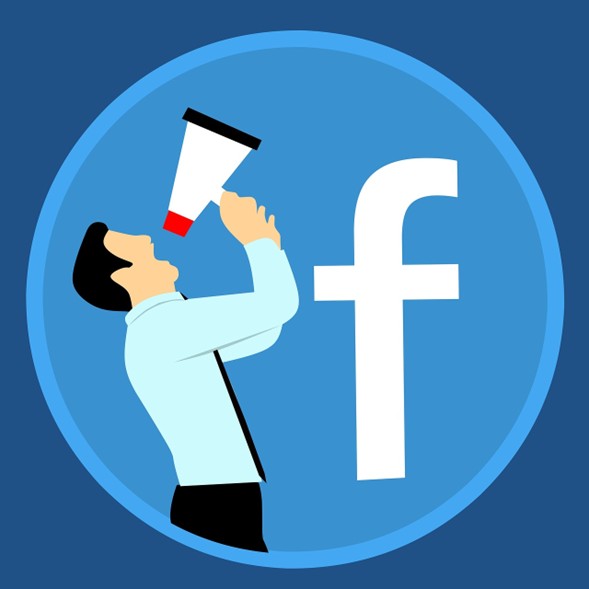
When running a Facebook ad, your target audience can affect its cost. Up until this point, a wide target audience can drive up costs as there’s more competition for users and bids get higher. On the other hand, refining your target audience can make costs more efficient.
However, this approach has changed as of late. If you have a small audience that will mean higher costs for you because audiences saturate faster, and also because Facebook’s algorithm is better optimized for large audiences. Facebook recommends that audiences are at least 1 million people, however, you can use smaller audiences taking into account that they will have a high cost.
Ads that target individuals between the ages of 55 and 65 years or older cost higher compared to campaigns on users between 25 to 34 years. This is because Facebook users within 55 to 64 years of age are up to 26 million. But, those between the ages of 25 and 34 years are 58 million.
When selecting your target audience, you should also look out for certain attributes. Choosing a feature that targets high-value attributes will be more effective and cost less compared to choosing one with a broad audience.
A good example is selecting an attribute like “recurring international travelers” over “recurring travelers.” The latter will cost more because it’s not as specific as the first.
Facebook CPM by industry
According to Revealbot, across all industries, the average cost per mille is $9.71. However, other sources have cited different prices. DashThis, for example, has marked $14.40 while Business of Apps has said $14.9. Although there is no one clear answer, the general consensus varies from $9 to $14.
Here are the different industries and the CPM for each, according to research by DataBox::
- Apparel and Footwear — $5.99
- Consulting and Professional Services — $8.93
- eCommerce — $5.33
- Education — $5.31
- Food — $2.60
- Healthcare — $5.78
- Health and Wellness — $5.73
- IT and Software — $8.96
- Manufacturing — $2.40
- SaaS — $8.26
- Technology — $9.89
Is there a Facebook ad cost calculator?
Yes, and you can always decide to analyze your Facebook ads by industry or by testing what works best. A Facebook ads cost calculator will help you know the cost of running ads and the possible Return on Investment (ROI) or Return on Ad Spend (ROAS).
Using these calculators can help you gain a little insight into the financial side of your ad campaign. They may help you allocate your budget more efficiently and set realistic goals for your business.
Most calculators include parameters like cost-per-click (CPC), cost-per-thousand-impressions or cost-per-mille (CPM), and expected conversion rate. Some may also give an estimate of the ROI or ROAS.
So, are Facebook ads worth it?
If you need your business to reach more potential consumers in a set period, running Facebook ads can be your best bet. Before running an ad, you need to ensure that you know and understand your target audience. It’s also important to know if Facebook is the right social media platform to advertise your product or service.
Once you’re able to check the necessary boxes relating to your target audience, your product, or your service, there’s a chance for increased return on advertising spent (ROAS).
Most people find it challenging to run Facebook ads themselves. They have problems relating to setting up their ad account, finding the right target audience, and optimizing their ads.
To get the best result from your advertising campaign, it’s important to reach out to the right marketing agency. A Facebook ad agency like Nomadic Advertising will stay in touch with you at every step of your ad campaign. We would also set realistic goals based on your industry, product or service, and budget.
If you are looking for an agency to help maximize your return on advertising spent (ROAS) from your Facebook ads, you’ve come to the right place! At Nomadic Advertising, we help create your ad strategy, set actionable goals, and optimize your ad campaigns for maximum returns. Reach out to us to get your FREE 30-minute strategy session tailored for you and your business.
FAQ
When do Facebook ads charge?
When Facebook ads charge depends on your payment settings. However, if you choose PayPal or a credit/debit card, you get automatically charged when your cost of ads reaches the payment threshold. You can change your threshold in the “Payment Settings” in Ads Manager. If you have any leftover costs, Facebook also charges you on your monthly billing date.
How many Facebook ads should I run at once?
The number of Facebook ads you run at once depends on your ad budget. For example, if you are willing to spend $1 thousand a month on Facebook ads it would probably be better to run several different ads to make better use of your budget. If, however, you are spending a smaller amount, let’s say $100 per month, then aiming for fewer ads might be better. Our secret to managing the budget is using $10/daily per audience, so if you have a $50/daily budget, you should be able to set up a campaign with 5 different audiences and test them.
How much do FB ads cost?
On average, Facebook ads can cost as low as $1.00 and as high as $500. However, companies with big ad budgets may spend over $3,000 on ads per month. Ultimately, how much you spend on your Facebook ad depends on your ad budget, which includes how much you pay per click (CPC), impressions (CPM), and leads (CPL).
